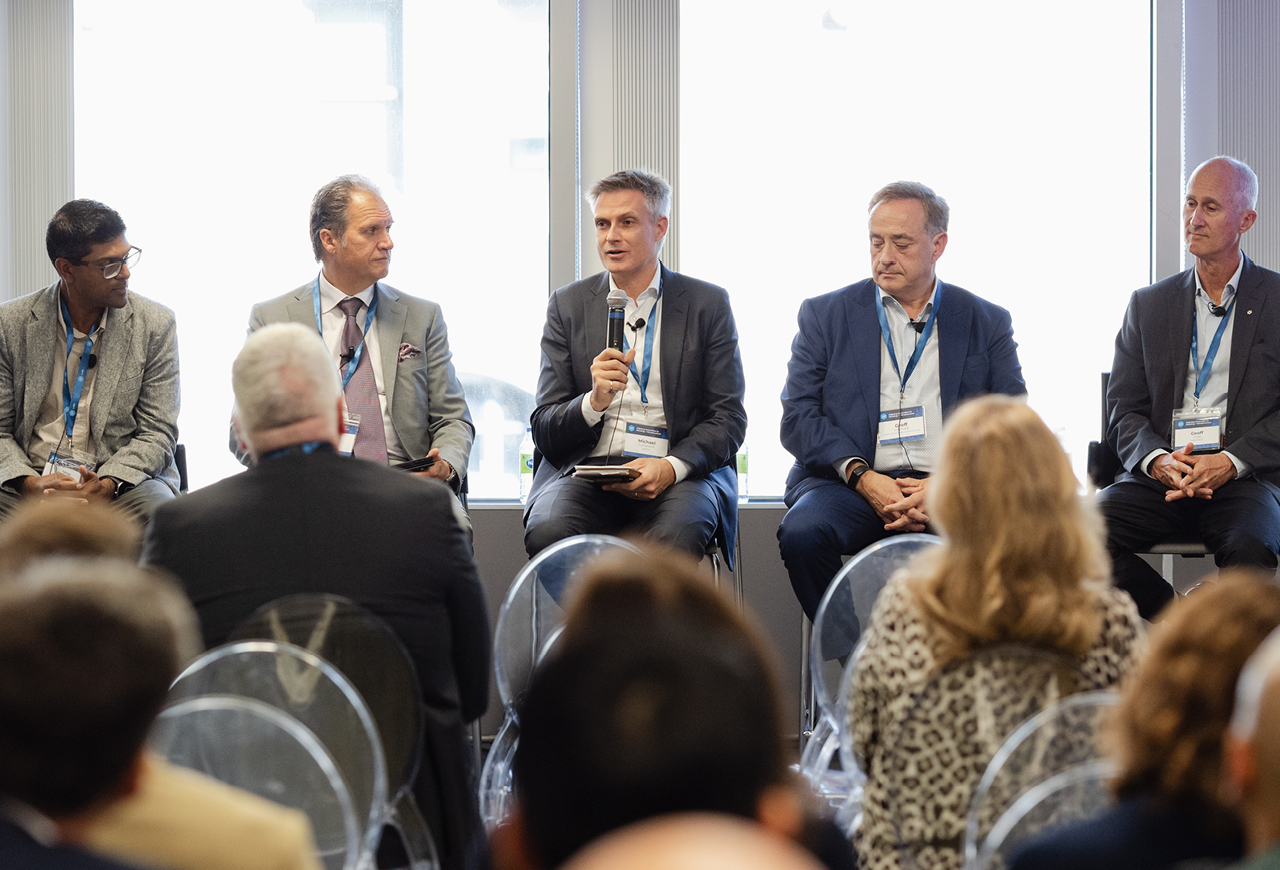Climate resiliency and low carbon were among the five critical priorities for Canadian innovation in real estate identified by the R-LABS I+T Council in the 2004 Industry Innovation Agenda report released earlier this year.
Ensuring Canadian real estate can withstand extreme weather events and reducing the industry’s carbon footprint to meet Canada’s 2030 climate goals must be a key focus for the sector, along with addressing affordability and labour shortage issues while increasing productivity and supply.
Despite the urgent need for innovation around environmental and climate change issues, it can be tempting for firms and investors to put ESG agendas on the backburner given current economic pressures and uncertainty. One respondent to PWC’s recent Emerging Trends in Real Estate survey even suggested that “the sentiment among investor feedback is that it’s maybe less important than the year before.”
However, climate change is no longer a distant threat, but a pressing reality demanding innovative solutions from Canada’s real estate and construction industries. Extreme weather events – and the extensive damage that comes with them – are becoming alarmingly more frequent, causing billions of dollars in insured losses and contributing to the rising cost of living for Canadians.
Investing in innovation to increase climate resiliency is no longer a nice to have, it’s a must.
The growing issue of urban flooding is a perfect example of the pressing need for innovative solutions to address the effects of climate change.
“The most expensive thing you can do is be unprepared,” says Chris Godsall, CEO and Co-Founder of NOAH Intelligence, a Canadian climate analytics platform that unlocks land value, addresses flood risk, and enhances flood resiliency currently preparing for growth stage at R-LABS. “And whatever we were prepared for is no longer relevant when urban flooding occurs annually.”
While climate change brings with it a myriad of challenges that will affect generations to come, Godsall and NOAH co-Founder Steve van Haren refer to flooding as a “here and now problem.”
Case in point: on July 16, 2024 Toronto saw close to an entire month’s worth of rainfall in roughly three hours – the city’s third “once-in-100-years” storm in under a decade. Flooding, caused by both the volume and intensity of the rainfall left drivers stranded on roadways, halted public transit, knocked out power and left billions of dollars in damage in its wake.
Godsall points to the flooding caused by extreme rain and overwhelmed storm systems as proof that we no longer live in the environment that current sewer and storm systems were meant for.
Even spaces designed with the most sophisticated engineering systems and built specifically to mitigate flooding such as The Evergreen Brickworks, a community hub located in the Lower Don floodplain, were overwhelmed by the July storm and now require a multi-million dollar effort to recover from the flash floods.
In 2021 alone, asset managers, lenders and insurers incurred $99 billion in losses due to an insufficient understanding of property-level risks. By 2050, annual losses are projected to soar to $5.6 Trillion.
With extreme rainfall only expected to increase in both frequency and severity, protecting property and defending against flooding is a modern ESG response strategy that has clear and near-immediate economic impacts.
The mounting financial and human costs of each extreme rainfall event only increase the need to deliver solutions, and fast – but modernizing storm water systems and municipal infrastructure is expensive and slow, taking upwards of 15 to 20 years to complete.
Not only that, but there is no unified, coordinated flood mitigation or response strategy across individual property owners, cities, regions, provinces or at the federal level – increasing anxiety as flood damage continues to compound and contributing to further uncertainty on who owns the problem. This siloed approach has made it difficult, if not impossible, for asset managers, insurers and financial institutions to agree on who owns the contingent liabilities that come with flooding, blocking the potential for innovative solutions.
Godsall admits that the current situation is scary, but is optimistic that solutions are available to mitigate risks and protect against damage from floods in the future.
“The nightmare scenario is that there is nothing that we can do, but that’s not the case,” Godsall says. “There are concrete steps we can take. Investments in innovation and climate resiliency are unlocking the opportunity for individual property owners to take actions today to understand their precise flood risk and implement practical defense strategies.”
There is no one single solution to solve the pressing issues of flood risk, damage and real estate resiliency in the face of extreme weather – it will take a series of innovative solutions at all levels to win the fight.
That’s where NOAH’s advanced technological solutions come in. The platform provides asset managers, lenders and insurers with precise flood risk visualization and insights at the property level, enabling effective risk management and mitigation strategies.
That’s good news, not just for the individuals, but for everyone. Protecting one property from flood risk and damage has a domino effect, it also reduces the risk for the surrounding community. This buys governments the time that they need to create stormwater infrastructure that’s needed for our new climate reality, while also reducing damage and associated costs from the next storm.
The challenges posed by climate change, particularly the increasing frequency and severity of extreme weather events, demand urgent action. By investing in innovative solutions like NOAH’s intelligent technology, individuals, communities and industry can mitigate flood risk, protect property values and build a more resilient future for generations to come.




